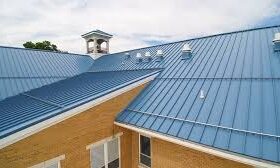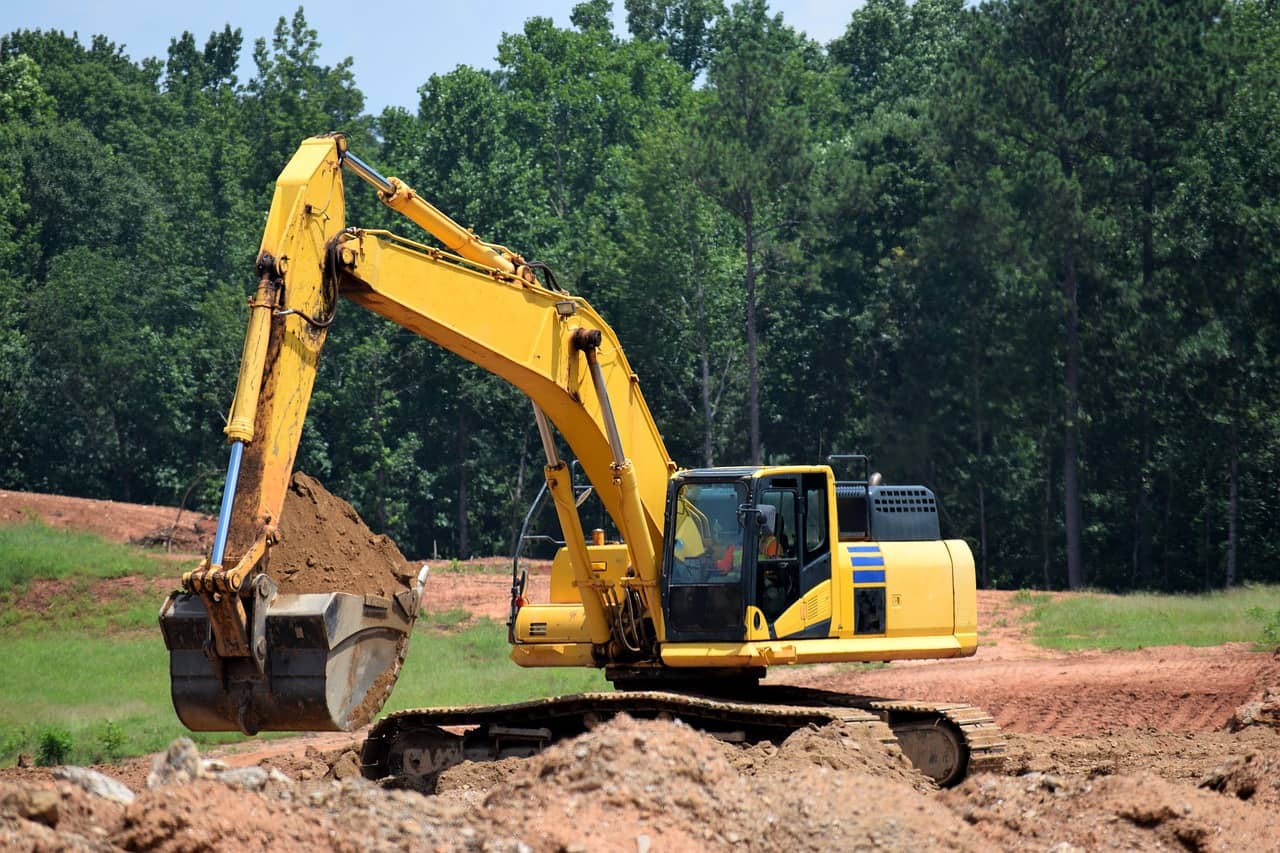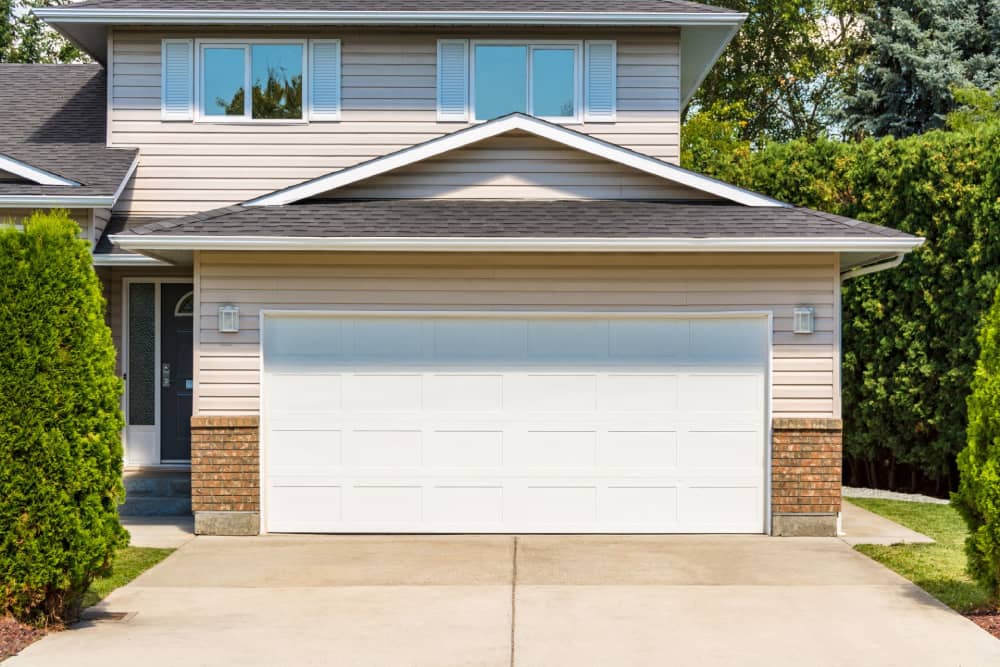Building a strong foundation for your home is key to ensuring that it lasts for years to come. If you are planning on building a new home, or even just doing some renovations, you need to make sure that you have a strong foundation.
1. Site Selection
The first step to building a strong foundation is selecting the right site. You need to make sure that the ground is level and that there is good drainage. The site should meet your requirement, be able to have the right load carrying capacity, and should not have any problem with water seepage or movement of soil. You should also check for the following:
- Level ground
- Good drainage
- Soil that isn’t too wet or too dry
Your site should also be large enough to accommodate your house and all of the other structures on your property.
2. Soil Condition
The condition of your soil will determine how stable your foundation will be. If you have soft or unstable soil, it could lead to cracks and other damage to your foundation. You can check the soil condition by doing a percolation test. This will help you determine how well water will drain in the area. If the results of your test show that the soil is too sandy or clay-like, you may need to add some amendments to improve the condition. Amending the soil is not a difficult task, but it is important to do it before you start building your foundation.
3. Dig Deeper
The depth of your foundation will be determined by the height of your walls and the weight of your home. For most homes, the foundation should be at least eight feet deep. If you are building a taller home or one that will be particularly heavy, you may need to dig even deeper and do a vacuum excavation. This will remove any loose soil from the area and help to prevent your foundation from settling.
After you have excavated the area, you need to compact the soil. This will help to increase the stability of your foundation. You can use a hand tamper or a plate compactor to do this. Once you have compacted the soil, you are ready to start building your foundation.
4. Install Proper Drainage
Installing proper drainage is essential to ensuring that your foundation does not crack or shift. Water can cause a lot of damage to foundations, so it is important to make sure that it is properly drained away from your home.
There are a few different ways that you can achieve this. One way is to install French drains around the perimeter of your home. This will help to collect any water that seeps in and redirect it away from your foundation. You can also install gutters and downspouts. This will help to keep rainwater from pooling around your foundation. Another way to improve drainage is to slant the ground away from your home.
5. Seal the Footing
Before installing and sealing the footing, you need to survey the soil. This will help you determine how deep the footing needs to be. Footings are the part of the foundation that sits below the frost line and supports the weight of the house. They need to be deep enough not to be affected by the frost. The footing may need to be as deep as eight feet, depending on the soil conditions.
After the soil has been surveyed, the next step is to install the footing. The footing needs to be level and evenly spaced so that the weight of the house is evenly distributed. If they’re not installed properly, the foundation could settle and crack.
Sealing the footing will help to keep water and moisture from seeping into your foundation and causing damage. There are a few different ways that you can seal your footing. One way is to use a waterproofing compound. This will help to create a barrier between the footing and the ground. A drainage mat will also help to redirect any water that does seep in away from your foundation.
6. Build Walls and User Waterproofing Compound
It is important to use a waterproofing compound on the inside of your foundation walls. This will help to keep water from seeping in and damaging your home. You can also apply a waterproofing membrane to the outside of your foundation walls to help to keep water from seeping in and causing problems.
7. Conduct Foundation Inspection
Once you have completed all of the steps above, you should conduct a foundation inspection. This will help to ensure that your foundation is stable and secure. Regular inspections will help to catch any problems early and prevent them from becoming worse. You should then create a plan that considers the soil conditions, the weight of the house, and any other factors that could affect the foundation.
Taking the time to conduct a foundation inspection can help you maximize your construction budget. In the long run, it can also prevent the onset of structural damage and keep the building stable during an earthquake or flood.
8. Add Anti-termite Treatment
Termites can cause damage to your home by eating through wood, causing your foundation to become unstable. After you have inspected your foundation, consider using an appropriate termite treatment method.
The most common method involves creating a chemical barrier that keeps termite colonies at bay. This method is used before or after construction. The soil underneath should also be treated before laying the foundations. During construction, the foundations are treated with a chemical known as termiticide.
9. Add a Foundation Cover
A cover will help to keep the sun and rain off of your foundation. It will also help to keep animals from burrowing into your foundation, thereby slowing down wear and tear. Apart from these functions, the type of covering you choose can help beautify your home.
There are a number of materials you can use to protect these parts. For a more aesthetic appeal, consider using a lattice cover that comes in neutral colors including white and gray. If you are looking for a cleaner look for your home, consider a stucco coating. Ideal for concrete foundations, this type of cover is durable and can resist moisture as well as fire.
Building a strong foundation is essential to ensuring that your home is stable and safe. By following these tips, you can be sure that your foundation will be strong and durable.















